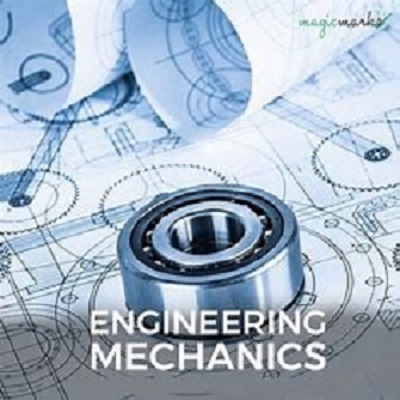
Engineering Mechanics - Statics 5e (Wiley, 2002)
IConstruction is the major activity of civil engineering. Hence civil engineer must know properties and uses of basic materials of construction like stone, bricks, tiles, cement, sand, jelly, steel, glass, glazed tiles, plaster of paris, paints and varnishes. Behaviour of reinforced cement concrete (R.C.C.) and prestressed concrete should be understood properly. Improved versions of many flooring materials, bath room fittings keep on appearing in the market. Construction engineer should study their advantages, disadvantages and cost effectiveness.
Load acting any structure is ultimately transferred to ground. In doing so, various components of the structure are subjected to internal stresses. For example, in a building, load acting on a slab is transferred by slab to ground through structural components like beams, columns and footings. Assessing various types of internal stresses in the components of a structure is known as structural analysis and finding suitable size of the structural component is known as structural design. The structures to be designed may be of masonry, R.C.C., prestressed concrete or of steel. Structural engineering involves analysis of various structures like buildings, water tanks, chimneys, bridges etc. and designing them using suitable materials like masonry, R.C.C., prestressed concrete or steel. A structural engineer has not only to give a safe structure but he has to give economical structure. To get economical sections, mathematical optimization techniques are to be used.
About 50 years ago it was thought, in India, only north-east region and some parts of north India are earthquake prone areas. But Koyna earthquake, Latur earthquake and Gujarat earthquake have brought lot of changes in earthquake engineering. India’s map of earthquake zones showing intensity of earthquake forces to be considered in different parts of the country has been redrawn. Behaviour of the structures to earthquake forces is dealt in earthquake engineering. Design of earthquake resistant structure is attracting lot of research. Studying magnitude, behaviour of structures and designing the structure for earthquake forces constitute earthquake engineering branch of civil engineering.